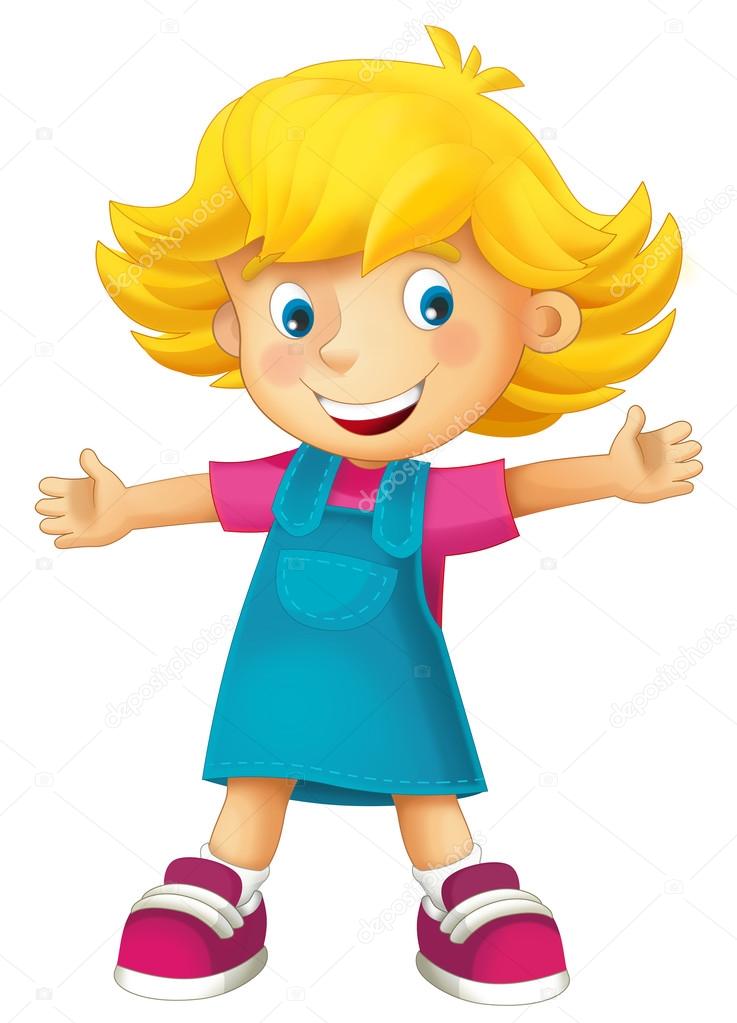Grammar -Pronouns -Introduction
Pronouns
Read the following paragraph,
Pahan said that Pahan was
hungry. Kurulu said that Kurulu was
hungry too. When Pahan’s and Kurulu’s
mother heard that Pahan and Kurulu
were hungry, mother gave Pahan’s and Kurulu a piece of
milk rice each. Pahan and Kurulu
thanked mother for the piece of milk rice and Pahan and Kurulu ate the piece of
milk rice. Then Pahan said Pahan thank mother, Pahan is not hungry now. Kurulu said Kurulu thank mother,
Kurulu is not hungry now, Pahan’s and Kurulu’s mother asked, did Pahan and Kurulu enjoy it? And Pahan
and Kurulu said together
Pahan and Kurulu
enjoyed the piece of milk rice very much.
When
you read this paragraph you may find it funny because the words Pahan, Kurulu, mother and piece of milk
rice are repeated again and again
Read the following paragraph again paying
attention to the highlighted words.
Pahan said
that he was hungry. Kurulu
said that she was
hungry too. When their mother heard that they were
hungry, she
gave them a piece of milk rice each .They
thanked her
for it and they ate it. Then Pahan said thank you I’m not
hungry now. Kurulu said thank you, I’m not
hungry now, their mother asked, did you enjoy
it? And they
said together we enjoyed it very much.
As you have noticed in this paragraph, some other
words are used which stand for Pahan, Kurulu, mother and piece of milk
rice.
Instead
of Pavan he is used.
Instead
of Kurulu she
is used.
Instead
of piece of milk rice it
is used.
Instead
of Pavan and Kurulu they is used.
Instead
of mother her
is used.
Instead
of Pavan and Kurulu they you is used.
We
can use other
words instead of certain words.
Read
the following sentence,
Ravi is absent because Ravi is ill.
Instead
repeating Ravi again we can say,
Ravi is
absent because he is ill.
The
word we use
instead of
Nouns
are
called
Pronouns
(for
- a - noun)
Look at the highlighted
words of the following sentences
I am
hungry.
You are
good.
He is a
clever boy.
She is
going to school.
It is
on the table.
We are
happy.
They are
students.
Following pronouns
I
You
He
She
It
We
They
are
called
Personal Pronouns
Personal pronouns can be classified according to
Person
They
refer to
The
person speaking
First
Person
I, We
The
person spoken to
Second
Person
You
The person spoken of
Third
Person
He,
She, It, They
Personal pronouns also classified according to
number
Singular pronouns Plural
pronouns
I We
You You
He
She They
It
Gender
masculine feminine neuter
I I It
We We They
You You
He She
They They
masculine
(a boy or a man)
The boy reads a book.
He reads a story book.
My father drives to his office.
He drives a car.
My brothers play in the evening.
They play elle..
feminine
(a girl or a woman)
The girl can sing sweetly.
She sings at the concert.
My mother cooks well.
She cooks delicious meals.
My sisters help my mother.
They help her to cook.
neuter
(a thing or an animal)
The cat drinks milk.
It loves to drink milk.
The book is on the table .
It is my book.
Some books are on the table .
They are my teacher's books.
The elephants big creatures .
They are herbivorous animals.
Personal
pronouns can be categorize as
Subject pronouns Object pronouns
As
the Subject of the verb As the
Object of the verb
The farmer saws the
seeds.
He saws them.
Subject Object
Mala
bought a book.
She bought it.
Subject Object
The children sang
a song.
They sang it.
Subject Object




Comments
Post a Comment